7 mistakes everyone makes when deadheading plants
Be sure to avoid these mistakes when deadheading your plants
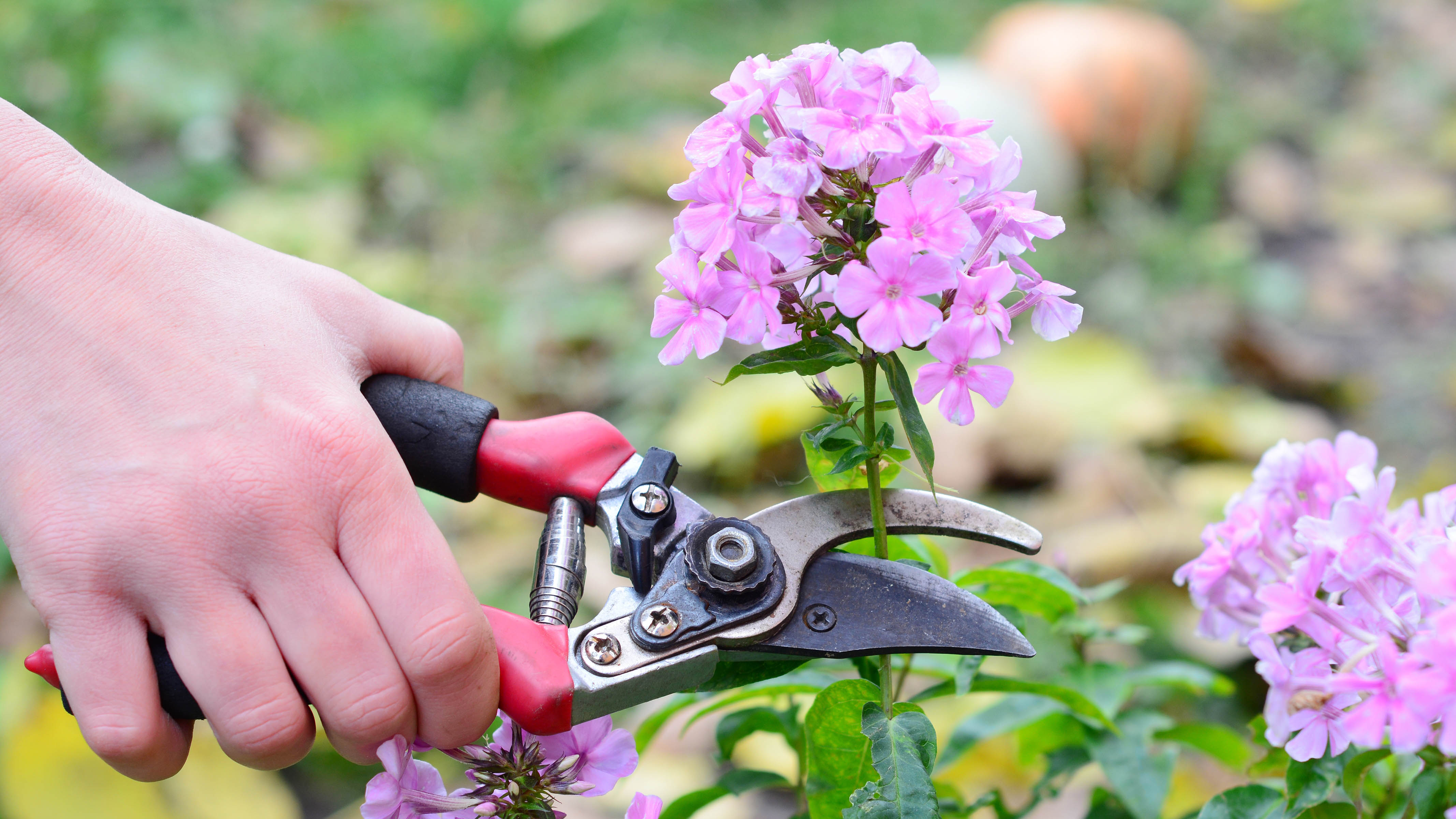
Our flower beds require plenty of upkeep. Whether you’re working on a wildflower garden, or taking advantage of ground cover plants, constant attention is necessary. That means there’s no end of chores to fill your spare time, ranging from watering and fertilizing the space, to repotting those in containers as well as removing any potential pests, such as aphids.
But, another such chore which often goes overlooked is deadheading — this is required throughout the growing season. It involves removing the spent flower heads to promote fresh growth. But, as simple as it sounds, there are still mistakes that can be made when it comes to deadheading. If you’re keen to learn what not to do, we’ve listed seven of the most common errors here.
Avoid these, and your plants will thank you for it. Plus, here's 5 ways to get the best out of pruning shears.
1. Cutting at the wrong point
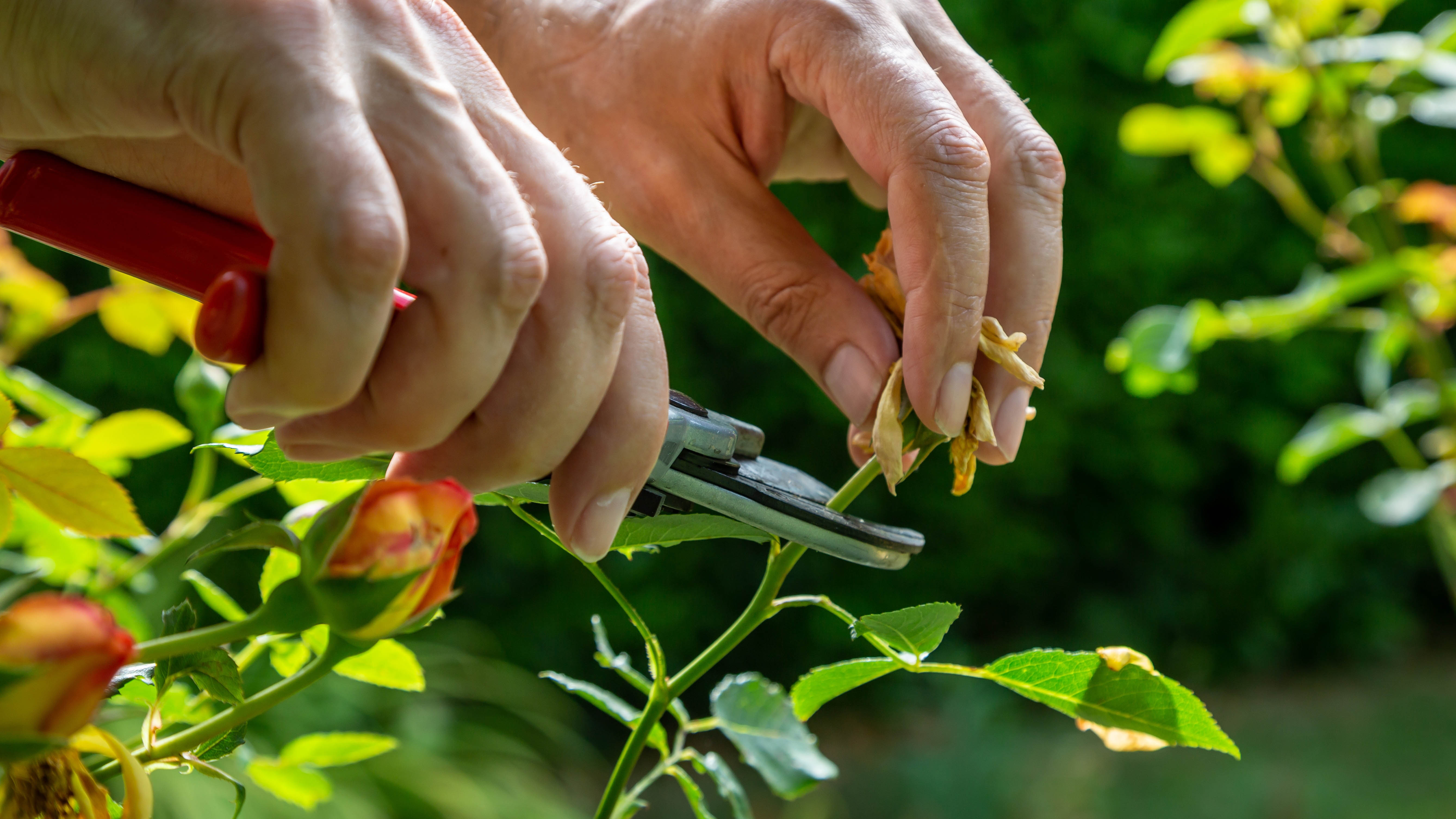
First of all, you’ll want to make sure you’re not cutting away more than necessary — otherwise you could disrupt its growth and any fresh blooms, leaving you with nothing, but bare stalks next season. The best position to cut is typically just below the spent bloom, above the first bud, leaf node or set of leaves. It’s best to cut at a diagonal angle to discourage disease — this prevents water from collecting on the cut surface so easily.
You can alternatively pinch the spent flower away with your finger and thumb. This literally takes the head off, leaving the stem intact. The best method will vary depending on the type of plant you’re dealing with. For some, the finger and thumb treatment will be ideal and convenient, but others may require cutting if the stem is particularly tough, or you’re concerned about seeds spilling in the process. Cutting can also prevent unintended tears, deterring disease.
2. Not sterilizing pruning shears
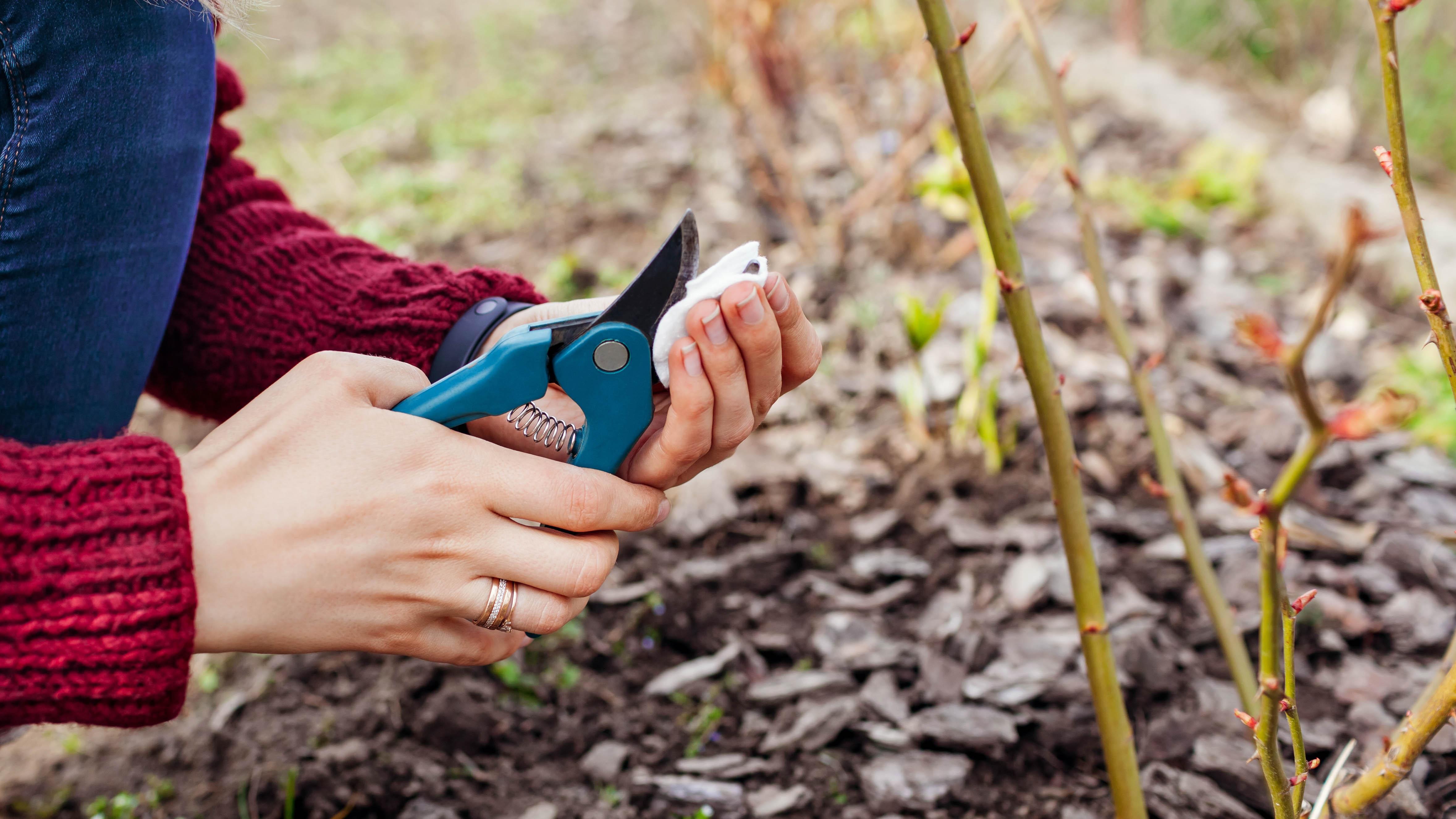
As you work your way from plant to plant with your pruning shears, it’s very possible you might encounter disease. Should you deadhead an infected plant, then move onto another, you’re spreading that disease via your tools. For this reason, you should always sanitize the blades between cuts. This sounds excessive, but it can prevent widespread damage.
To sanitize your pruning shears, you need to wipe over the blades with a cloth soaked in denatured alcohol between each cut. Carry this cloth with you as you continue deadheading and pruning. It’s also important that you clean your tools once you've finished and prior to storage. Applying WD-40 or mineral oil via a cloth to pruning shears will remove any sap or debris. This will ultimately improve the lifespan of this tool.
Sign up to get the BEST of Tom's Guide direct to your inbox.
Get instant access to breaking news, the hottest reviews, great deals and helpful tips.
Here are 7 places to never use WD-40 — you’ll be surprised.
3. Not taking your time
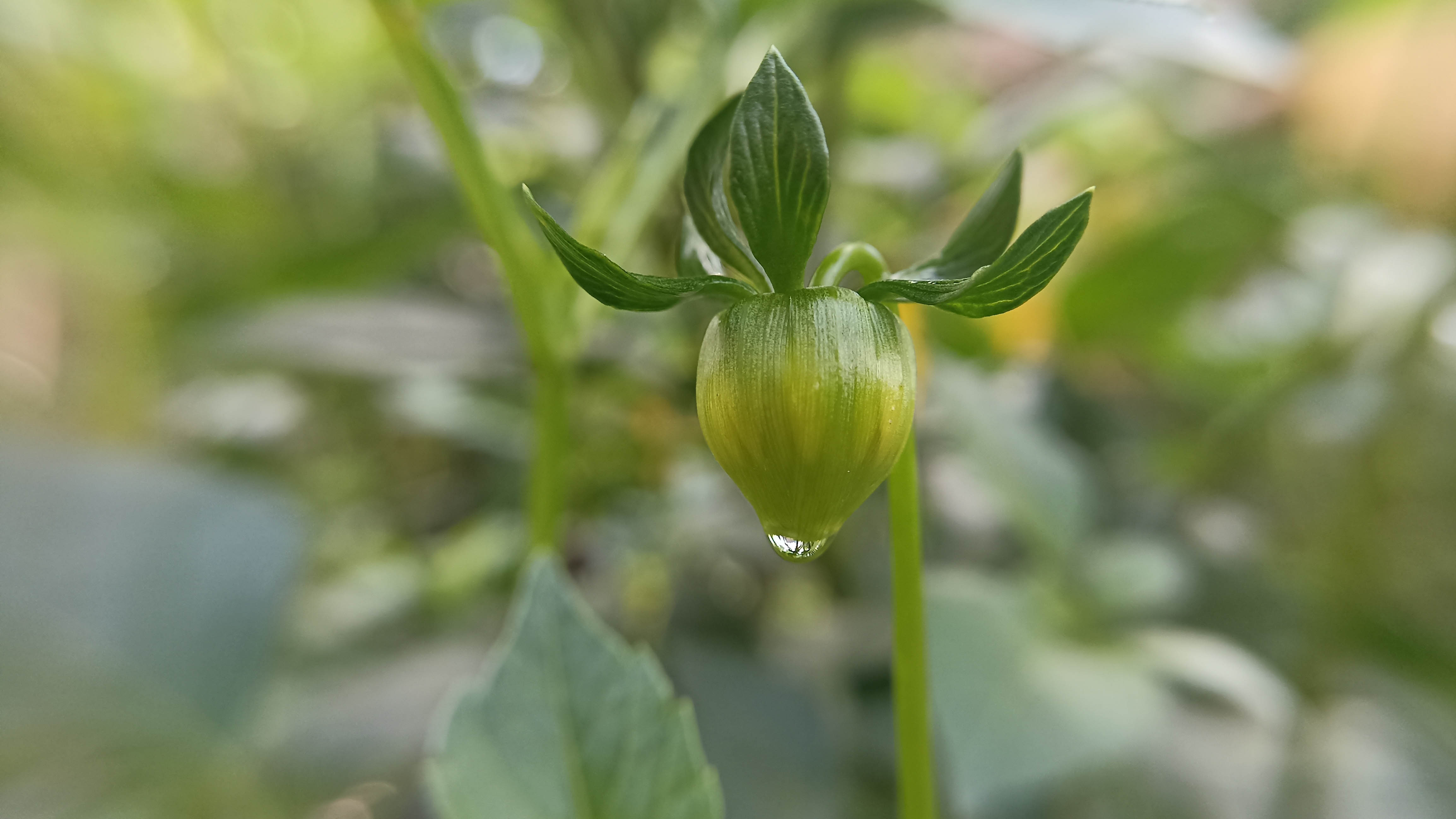
It’s all too easy to get carried away when it comes to deadheading, particularly when it’s creating a more tidy appearance. The trouble is, you can end up cutting off what you don’t intend when you rush this chore. This can be detrimental to your plant, particularly if the spent flower heads look similar to the new blooms. This is the case with dahlias — while wilting, it’s obvious which heads to remove, but if you’ve past this point, the remains look very similar to fresh buds.
The trick here is to take your time and know what you’re looking for. In the case of dahlias, a pointed bud shape gives away a spent bloom, versus a fresh and plump rounded bud, which has yet to bloom. Do your research and make sure you’re clear on what you’re removing, and take your time during the process. Some plants may not even require deadheading. For instance, fuchsias will drop the flowers themselves, as will begonias.
4. Not using the best pruning shears
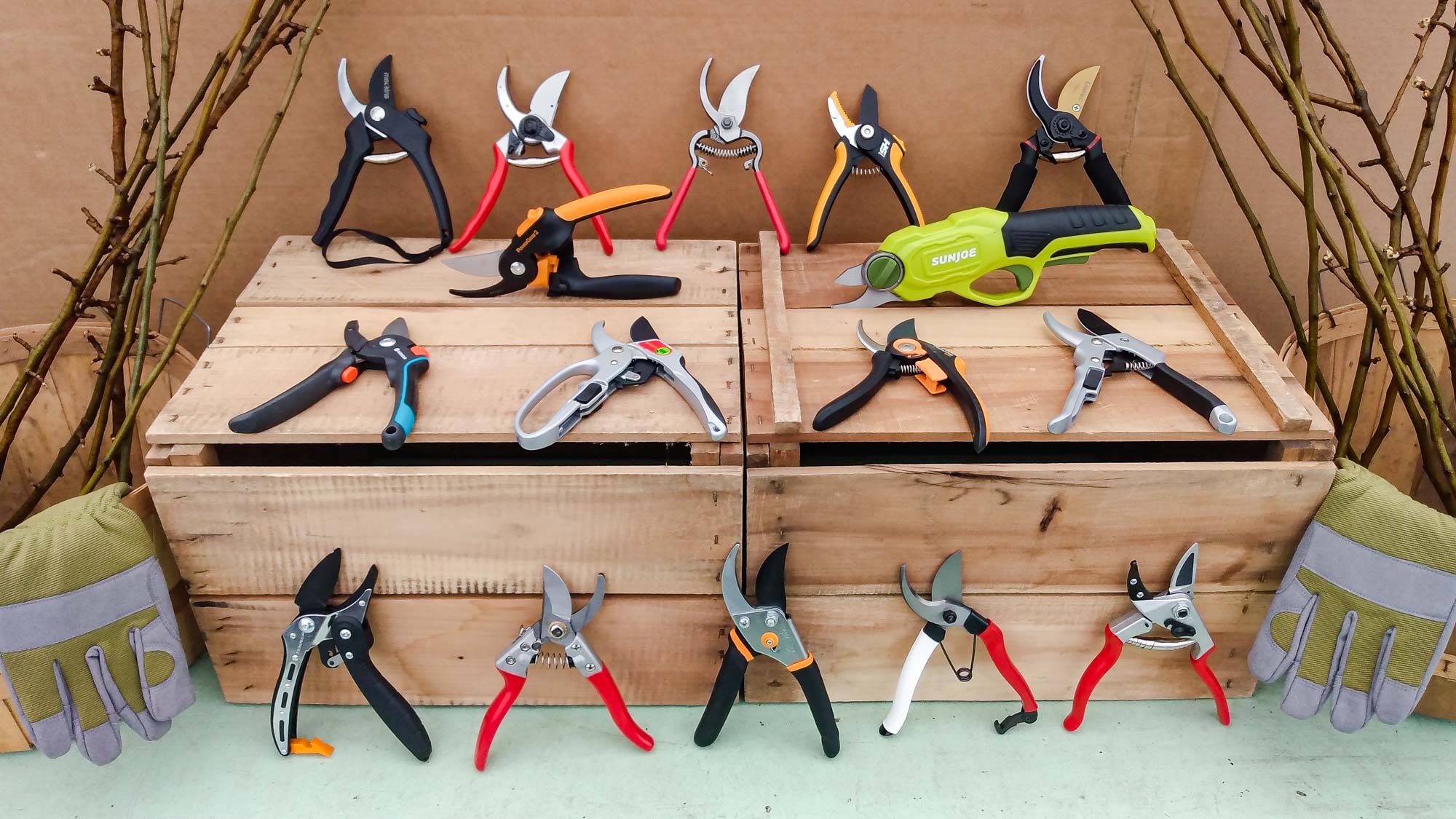
If your pruning shears are rubbing or feel uncomfortable with prolonged use, you’re not making this chore any easier. On top of this, these tools can blunt easily, resulting in rough cuts on your plants which can tear and encourage disease. That’s why it’s essential that you use the best pruning shears for the job — your plants will receive a clean cut as part of the deadheading process, and you will feel comfortable and confident throughout.
To help you choose, we’ve tested a range of pruning shears, both bypass and anvil, to find those that provide the best comfort, performance and longevity. Couple these with a pair of the best gardening gloves, and deadheading will feel much less laborious. If you’re dealing with smaller fragile plants which require precision, a pair of garden snips can be another handy tool, such as these VIVOSUN 6.5 Inch Gardening Scissors ($6, Amazon).
5. Not composting
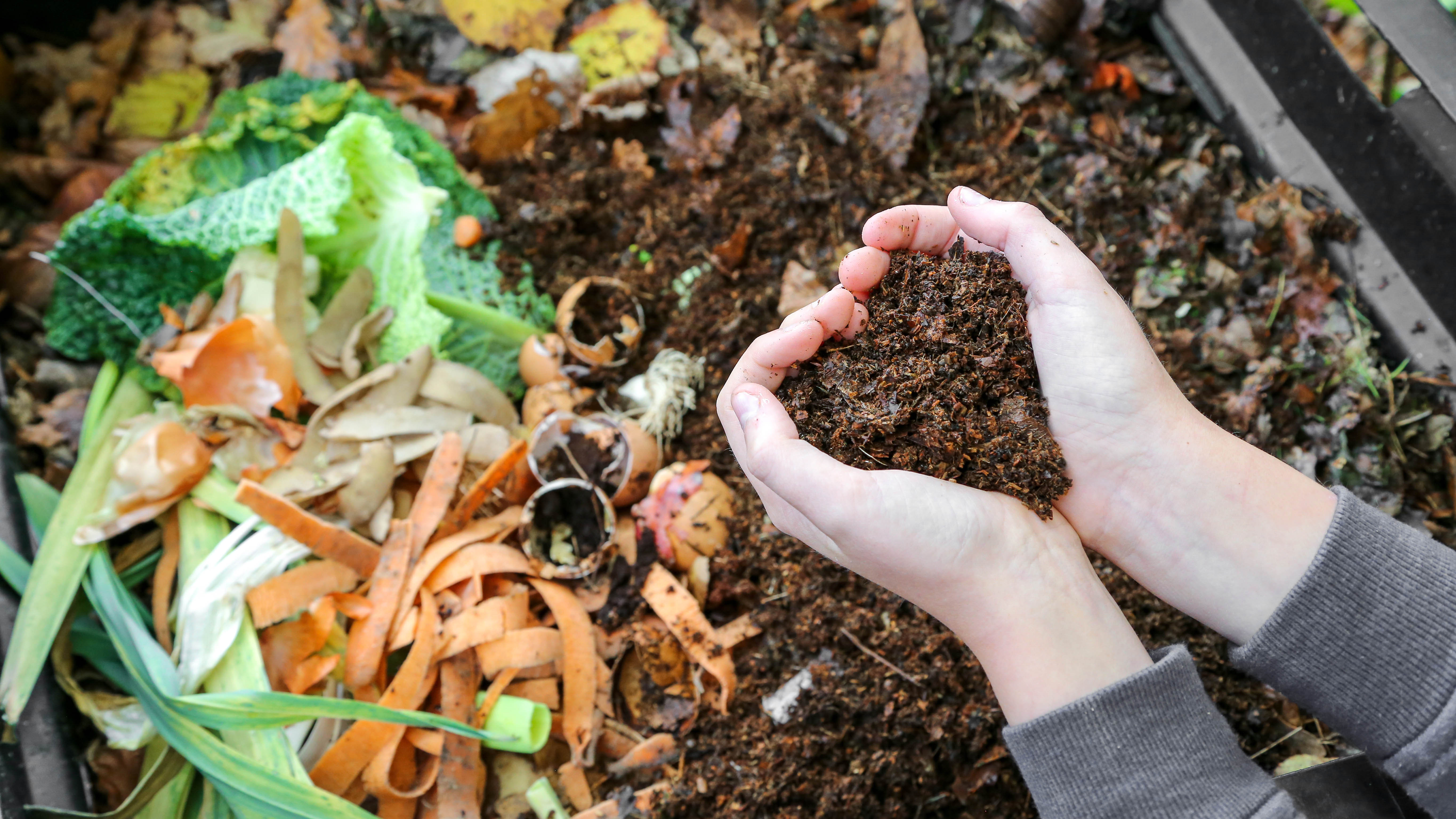
Composting recycles organic food waste and plant matter into a nutrient-rich soil to give back to our yards. So we should be taking every advantage of it, although there are 11 things you should never throw on the compost heap. But, the remains from deadheading are entirely suitable for the compost heap, so reserve your spent flowers for here rather than the trash. But, if you suspect disease, don’t throw these into the compost — it’s likely that it won’t reach a high enough temperature to kill such organisms.
6. Not making best use of the seeds
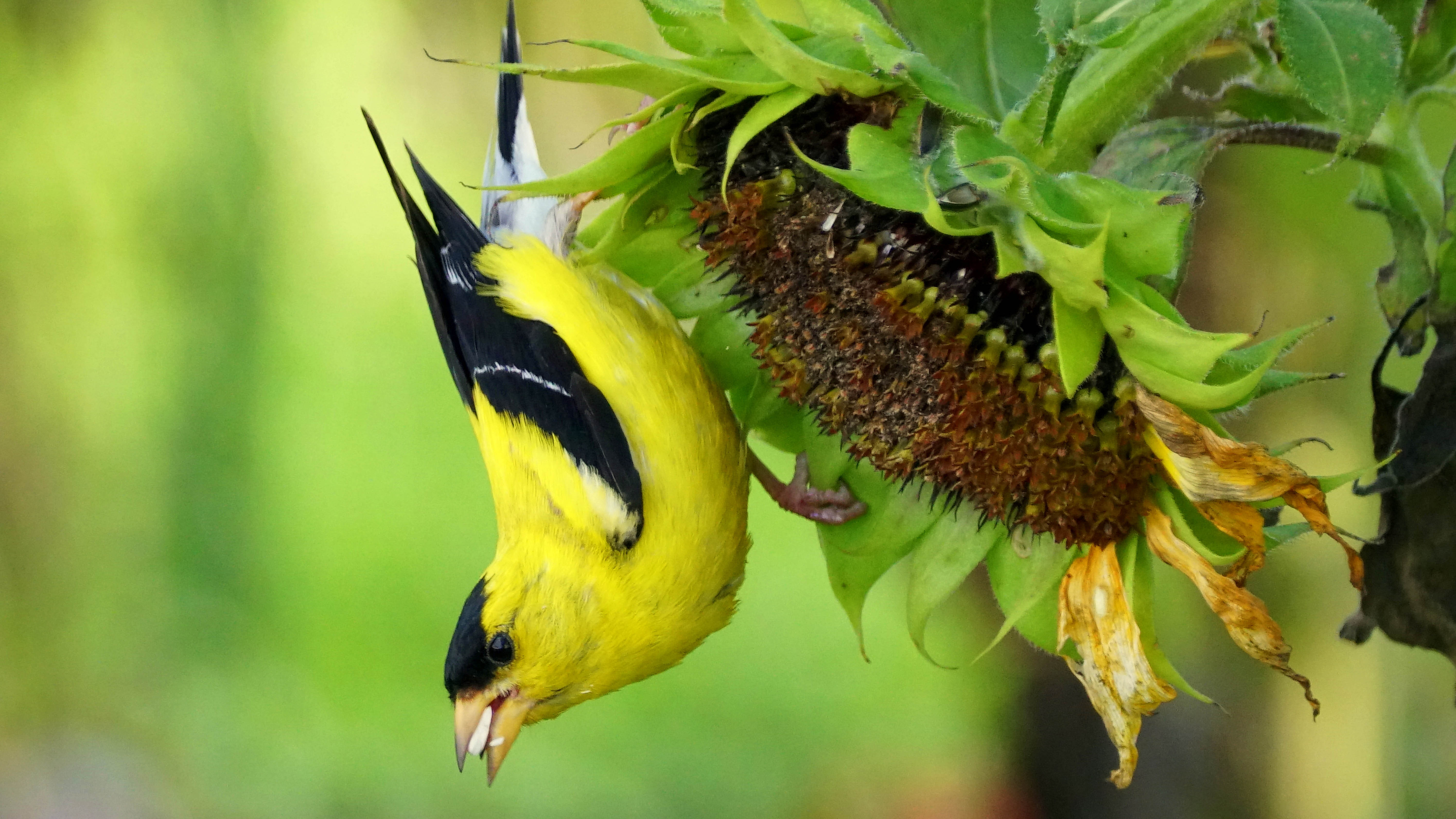
Keep in mind that your plants will self-seed shortly after flowering. Deadheading can remove such seed pods pre-emptively and encourage future blooms. But, you can also collect these seeds should you choose to sow them elsewhere later — or just let them fall where they stand. Considering this, it might be best to deadhead some spent flowers, while leaving other faded flowers intact.
Additionally, many seeds provide food for local wildlife, which can be helpful where birds, small mammals and bugs are struggling. So deadheading might not always be the answer. Some seed heads can produce an attractive finish to add décor to your yard over the winter too, such as poppies, hydrangeas and alliums.
7. Not doing it at the right time
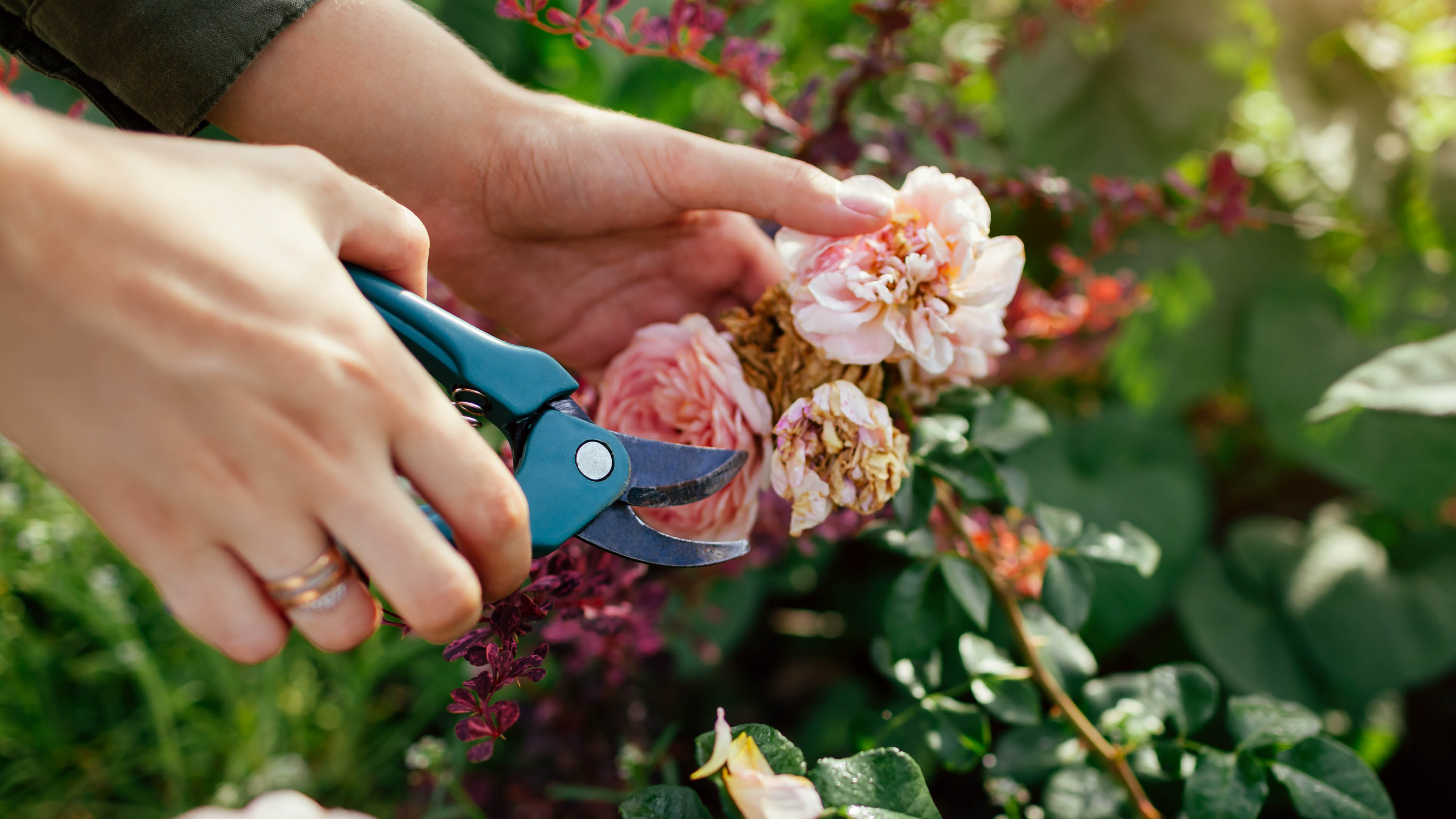
There’s a time and a place to deadhead. While it’s encouraged throughout the growing season, deadheading once the temperatures drop in the fall is not a good idea. First, your plants will better winterize with the spent flowers in place, and cutting them away leaves it more vulnerable to the frost. Second, this is the time of year when wildlife really will struggle to find food, and by removing those spent flowers, you’re removing a potential food source. Check out feeding birds in winter — top tips and what to avoid.
Otherwise, deadheading is best performed as soon as you notice the flower is starting to fade. This is indicated by wilting and browning. Get into the routine of regularly checking your garden for spent flowers and deadheading where needed. This will make the process an ongoing one, rather than having to cut away an abundance of spent flowers in one sitting.
Here are 5 plants to prune in February.
More from Tom's Guide
- 7 pruning mistakes you never knew you were making
- And here are the mistakes that are ruining your flower beds
- We've also found 7 best plants that grow back every year

Katie Mortram used to be a Homes Editor for Tom's Guide, where she oversaw everything from kitchen appliances to gardening tools, as well as smart home tech. Specializing in providing expert advice for cleaning and home manintenance, she now works as Household Advice Editor for Good Housekeeping.
